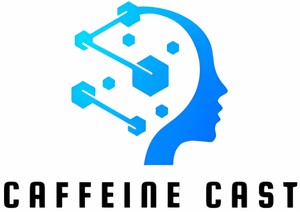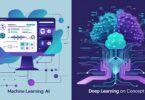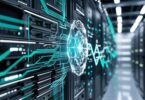The Future Is Not Just Connected, It Is Intelligent
The Internet of Things has changed how we interact with the world. From smart homes to connected cars, we are surrounded by devices that collect data and respond to commands. But the next wave of innovation is not just about connectivity. It is about intelligence.
This is where Artificial Intelligence meets IoT. Together, they form a powerful duo that is quietly reshaping everything from manufacturing floors to hospital rooms to supply chains.
What Happens When AI and IoT Work Together
IoT collects data from devices and environments—temperature, movement, usage patterns, and more. AI analyzes that data to find patterns, make predictions, and trigger smart decisions.
Here is what that partnership enables:
- Devices that adapt to your behavior
- Systems that detect problems before they happen
- Environments that optimize themselves in real time
- Operations that learn and improve continuously
This combination is sometimes called AIoT (Artificial Intelligence of Things). It makes connected systems smarter, faster, and more useful.
Real-World Examples in 2025 and Beyond
Smart Manufacturing
Factories use AIoT to predict machine failures, manage energy use, and optimize production in real time.
Healthcare
Wearables track patient vitals and alert doctors before emergencies. Hospital systems adjust resources based on predictive models.
Retail
Smart shelves track inventory, while AI suggests restocking decisions. Customer movement patterns help brands redesign layouts for better flow.
Cities
Traffic lights adapt to real-time congestion. Waste bins signal when full. AI predicts where maintenance is needed before breakdowns happen.
Why This Matters for Business Decision-Makers
Whether you are running a product team or launching a new solution, understanding the intersection of AI and IoT helps you:
- Design more innovative and competitive products
- Save costs through automation and predictive insights
- Improve customer experiences with personalized responses
- Unlock new revenue streams by adding intelligence to existing tools
Common Challenges and How to Prepare
Adopting AIoT is powerful, but not without its hurdles. Here is what to keep in mind:
- Data privacy needs to be baked into the system from the start
- Edge computing helps reduce latency and bandwidth costs
- Integration requires collaboration between software, hardware, and data teams
- Security must protect both AI models and device networks
With the right planning, businesses can overcome these challenges and build systems that scale intelligently.
Optional Visuals Inside Article
- AI chip placed inside a smart device with signal lines connecting to other devices
- Developer working on IoT dashboard analytics on dual monitors
- A robotic arm interacting with a sensor-based control panel
AI and IoT are no longer separate trends. Together, they are building a world where devices do not just talk—they think, learn, and act. For tech leaders and business innovators, now is the time to explore how this partnership can drive smarter products and smarter decisions.
The future is not just digital. It is intelligent, adaptive, and already here.







